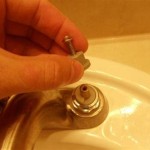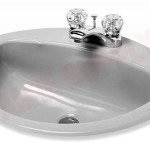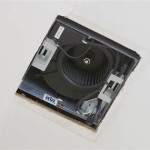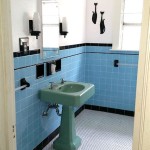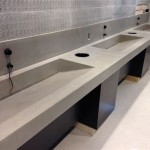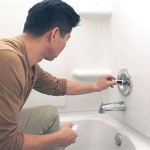How Much To Add a Master Bathroom and Walk-In Closet
Adding a master bathroom and walk-in closet can significantly enhance a home's value and improve its livability. However, undertaking such a project requires careful planning and budgeting. The cost of adding these features varies widely based on several factors, making it crucial to understand the contributing elements to create a realistic budget.
One of the primary factors influencing cost is the project's size. A larger bathroom and closet naturally require more materials and labor, thus increasing the overall expense. Square footage dictates the amount of flooring, wall materials, fixtures, and lighting needed. A more expansive walk-in closet might necessitate custom shelving and storage solutions, further adding to the cost.
The chosen materials represent another significant cost driver. Opting for high-end finishes like marble countertops, custom cabinetry, and designer fixtures will significantly inflate the budget compared to standard materials. Plumbing fixtures also come in a wide price range, from basic models to luxurious, high-tech options. Flooring materials, such as ceramic tile, porcelain tile, or hardwood, also contribute to the overall cost.
Labor costs constitute a substantial portion of the total project budget. These costs vary depending on the prevailing local labor rates and the project's complexity. Hiring specialized tradespeople like plumbers, electricians, and tile setters contributes to the overall labor expense. The project's duration also plays a role, as longer projects incur more labor hours.
The existing home's layout and structure significantly impact the project's complexity and cost. If the chosen location for the addition requires significant structural modifications, such as moving walls or rerouting plumbing and electrical lines, the cost will increase. Retrofitting older homes often presents unforeseen challenges that can add to the budget and timeline.
Geographic location plays a role in both material and labor costs. Areas with higher construction costs and labor rates will generally see more expensive projects compared to regions with lower costs. Material availability can also influence pricing, as materials shipped from distant locations may incur higher transportation costs.
Permits and inspections are essential components of any construction project and add to the overall cost. Permit fees vary based on the project's scope and local regulations. Inspections are required throughout the project to ensure compliance with building codes, contributing to the overall expenditure.
Beyond the core components of the bathroom and closet, additional features can influence the final cost. Adding features like heated floors, a soaking tub, a custom shower enclosure, or specialized lighting will increase the project budget. These features, while enhancing the space, contribute to material and labor costs.
Before embarking on the project, obtaining multiple bids from reputable contractors is highly recommended. Comparing bids allows homeowners to understand the prevailing market rates and choose a contractor that offers a balance of quality and affordability. Detailed bids should outline the scope of work, material costs, and labor estimates.
Contingency planning is crucial for any renovation project. Setting aside a contingency fund of 10-20% of the total budget allows for unforeseen expenses or cost overruns. Unexpected issues, such as hidden structural damage or material price increases, can be addressed without derailing the project.
Financing options for such a project vary. Homeowners might use existing savings, secure a home equity loan, or explore personal loan options. Understanding the available financing options and associated interest rates helps in making informed decisions and managing the project's financial aspects.
Consulting with an architect or designer can prove beneficial, particularly for complex projects. They can provide expert advice on space planning, material selection, and design aesthetics. Their expertise ensures the project's functionality and aesthetic appeal while potentially identifying cost-saving opportunities.
Considering the long-term value of the addition is important. While the initial investment might seem substantial, adding a master bathroom and walk-in closet can significantly increase a home's resale value. This addition enhances the home's appeal to potential buyers and provides a return on investment in the long run.
Effective communication with the chosen contractor is essential throughout the project. Regularly discussing progress, addressing any concerns, and clarifying any changes ensures the project stays on track and within budget. Clear communication minimizes the potential for misunderstandings and costly errors.
Researching current design trends and browsing home improvement magazines and websites can provide inspiration and help homeowners visualize their ideal bathroom and closet. Understanding the latest trends in fixtures, finishes, and storage solutions allows for informed decisions and creates a space that reflects personal style and preferences.

7 Inspiring Master Bedroom Plans With Bath And Walk In Closet For Your Next Project Aprylann

Master Closet Bathroom Nook Reveal Home Made By Carmona

Create A Master Suite With Bathroom Addition Add
7 Inspiring Master Bedroom Plans With Bath And Walk In Closet For Your Next Project Aprylann

Why Install A Walk In Closet Your Bathroom

Create A Master Suite With Bathroom Addition Add

How Much Does A Master Suite Addition Cost 2024 Data

How Much Does It Cost To Add A Bathroom 2024 Data

2024 Bathroom Remodel Cost Average Renovation Redo Estimator

Pin On Innovative Bathroom Ideas
Related Posts
